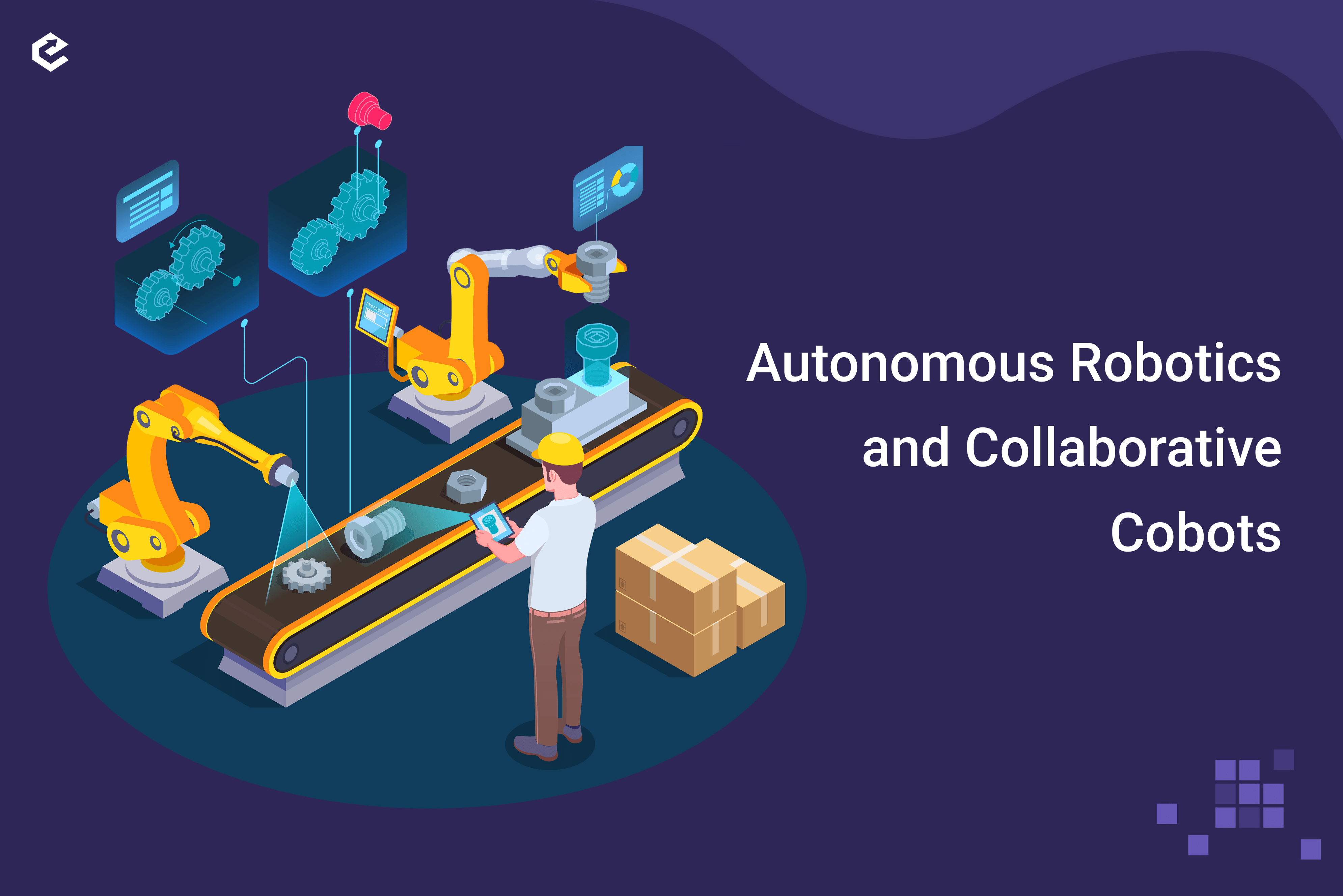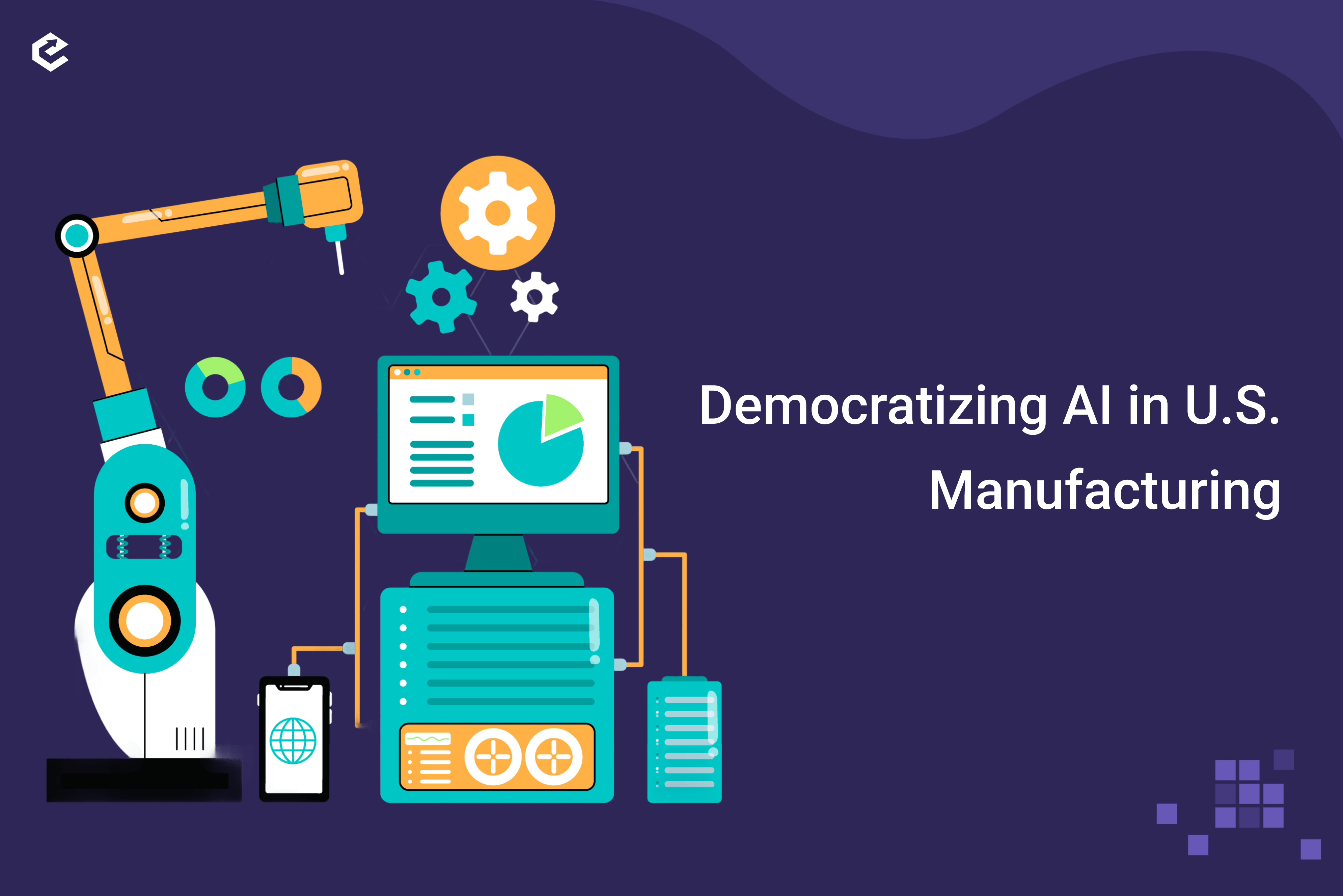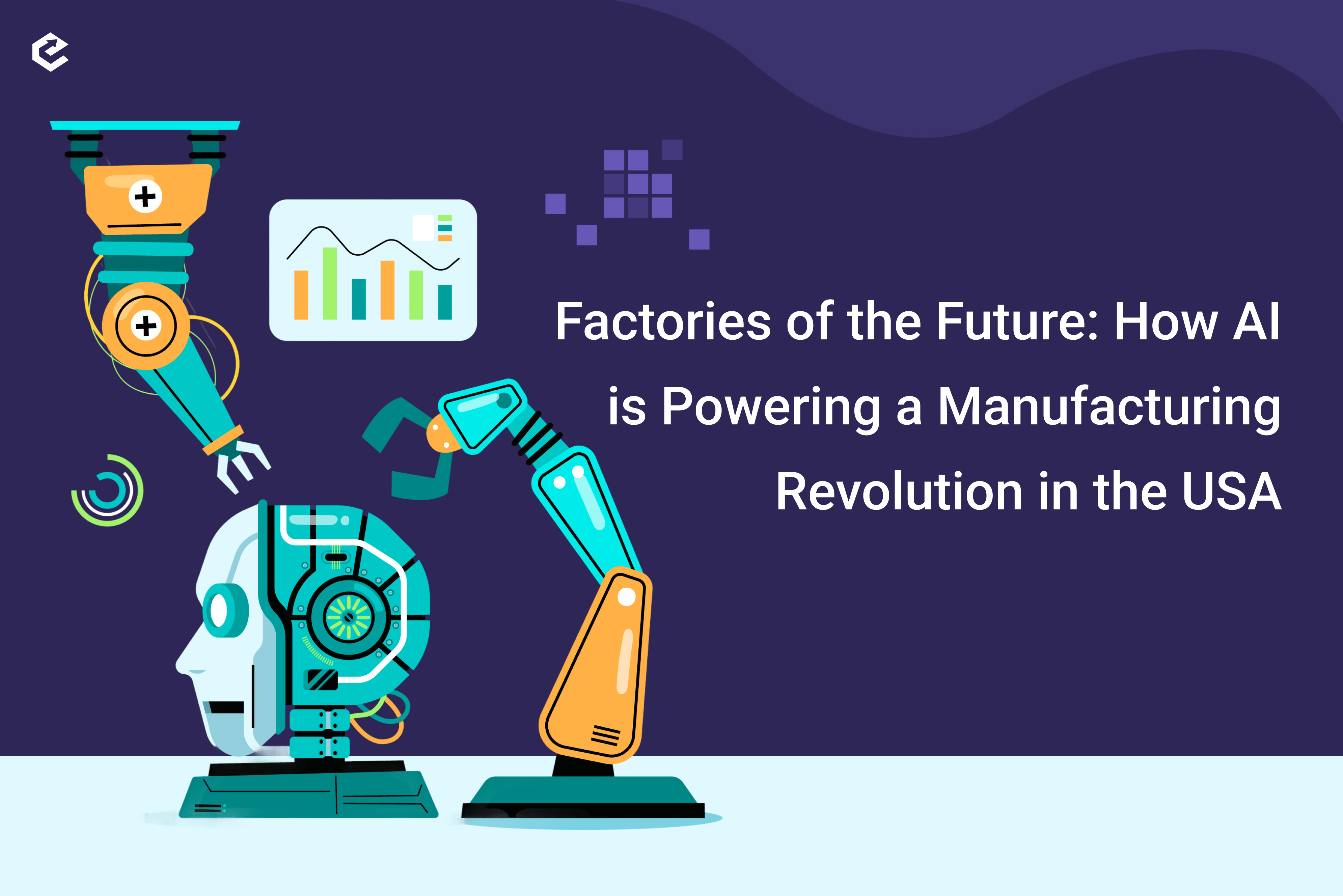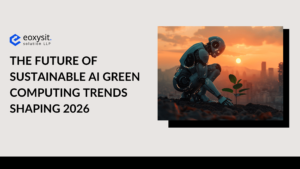Factories of the Future: How AI is Powering a Manufacturing Revolution in the USA
A New Era for American Manufacturing
In 2025, U.S. manufacturing isnʼt just about assembly lines and automation—itʼs about artificial intelligence AI) driving productivity, quality, and flexibility at an unprecedented scale. Across small shops and mega factories, AI is unlocking new efficiencies, improving product quality, and helping American manufacturing remain globally competitive in an ever-shifting economy. The next chapter of U.S. industry is written not just in steel and silicon, but in algorithms and intelligent systems.
Smart Factories and the Human-Machine Partnership
Todayʼs “smart factories” in the USA are highly digitized, connected environments where AI, IoT sensors, robotics, and data analytics seamlessly integrate. AI interprets massive real-time data flows from machinery, production lines, and warehouse systems to make split-second adjustments—optimizing energy use, reducing downtime, and ramping up or slowing output as needed. Unlike older automation, these factories donʼt just operate faster, they operate smarter. AI systems learn and adapt, collaborating with human workers in a shift toward Industry 5.0, which prioritizes both automation and human creativity.
Predictive Maintenance and Always-On Operations
One of the most game-changing impacts of AI is predictive maintenance. Instead of waiting for machines to break or relying on routine checkups, AI algorithms constantly analyze sensor data to detect subtle warning signs of wear or malfunction. U.S. factories report up to 50% reductions in unplanned downtime, maximizing both output and the lifespan of equipment. This proactive approach also trims costs, as parts are replaced only when needed, and maintenance teams are alerted to real issues rather than working through endless checklists.
AI-Driven Quality Control and Defect Detection
AI-powered vision systems are revolutionizing quality control on American production floors. Where a human inspector might tire or miss minor anomalies, advanced computer vision checks every unit—spotting microscopic defects, verifying dimensions, and even catching flaws invisible to the naked eye. The result is both higher product consistency and the ability to catch process improvements earlier—reducing waste and protecting brand reputation for U.S. manufacturers in sectors from automotive to consumer electronics and aerospace.
Generative Design and Rapid Innovation
AI is speeding up the innovation cycle with generative design tools that can generate, test, and recommend optimal product designs based on performance criteria and manufacturability. Instead of months of iterative prototyping, engineers can use AI to simulate and refine hundreds of options in hours—accelerating American R&D and bringing new products to market faster.
Autonomous Robotics and Collaborative Cobots
2025 sees the continued rise of collaborative robots (cobots) and fully autonomous machines on U.S. shop floors. These AI-driven devices safely work side-by-side with humans—handling materials, assembling components, and performing repetitive or hazardous jobs with precision. Their flexibility means they can be quickly reprogrammed for new products and processes, giving U.S. manufacturers a critical agility edge.

Supply Chain Resilience and Real-Time Optimization
AI plays a central role in U.S. supply chain management, connecting production with global logistics networks. AI forecasts demand, models supply disruptions, and recommends sourcing adjustments in real time. Digital twins, virtual models of the entire factory and supply chain, let teams simulate scenarios and stress-test processes before making costly changes. These intelligent tools have proven invaluable during supply chain crises, giving U.S. firms the resiliency to bounce back and pivot quickly.
Sustainability and Energy Optimization
Smart factories in the USA are using AI to optimize energy usage and minimize waste. AI systems regulate everything from HVAC and lighting to water usage and waste sorting, helping reduce environmental impact and comply with emerging sustainability requirements. This not only benefits the planet but also enhances cost savings and brand value for forward-thinking manufacturers.
Democratizing AI in U.S. Manufacturing
What’s especially revolutionary in 2025 is that these AI technologies are no longer reserved for Fortune 500 giants. With new models requiring less specialized data, tools like Ma-Vila (developed with NSF support) bring factory AI within reach of small and mid-sized U.S. manufacturers—leveling the playing field and fueling a new wave of entrepreneurship and local job growth.

Challenges and the Path Forward
Despite rapid gains, adoption isn’t without challenges: data integration from legacy equipment, upskilling workers, and ensuring cybersecurity are top concerns. U.S. companies continue to invest in staff training, robust digital infrastructure, and partnerships with AI/cloud experts to ensure successful transitions.
Conclusion: Manufacturingʼs Bright AI Future
In 2025, American factories aren’t just adapting to AI—theyʼre thriving on it. By integrating AI into every stage of manufacturing, from supply chain to shop floor, the U.S. is poised to lead the world in industrial innovation, quality, and sustainable production. The smart factory revolution is here—ensuring that American manufacturing stays vital, competitive, and enduring in the digital age.





